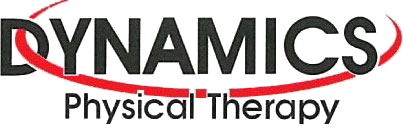Q: Can you tell me about treatment for Dupuytren disease? I've had two surgical procedures but can't seem to maintain my finger motion. Perhaps I'm not having the right kind of treatment.
A: Studies have gone back and forth on the best way to prevent recurrence of the nodules that form with Dupuytren contracture. Reported recurrence rates are as high as 50 per cent. Successful treatment usually requires invasive procedures such as steroid injections or surgical release of the fascia.
Treatment is determined based on the severity of the contracture. The best course of treatment is determined by how far the contractures have advanced. There are two types of treatment for Dupuytren contracture: nonsurgical and surgical.
Nonsurgical and surgical treatments are to treat the contracture itself. This does not cure the disease. Dupuytren disease continues to slowly form the bands although it may be years before the contracture presents itself again. Bracing and stretching of the fingers alone has not been proven to help in the long term progression of this condition.
There is a minimally invasive method of treatment called an enzymatic fasciotomy available now. An enzyme in the form of a drug (Xiaflex) is injected directly into the cords formed by the disease, the tissue dissolves and starts to weaken. Then the cords can be broken apart. This is used if only the metacarpophalangeal (MCP) joint (largest knuckle closest to the palm) is contracted, and there are only one or two cords involved.
Percutaneous needle aponeurotomy (PNA) is another type of treatment that involves slipping a surgical needle under the skin and making multiple cuts along the fascia to divide the cord up. Soft tissue release is done until the patient's finger can be fully straightened.
Another approach is called palmar fascia removal or palmar fasciectomy. Surgery to slice the palm open and remove the diseased tissue has a lower recurrence rate compared with percutaneous needle aponeurotomy (PNA). But the open incision technique called dermofasciectomy leaves scars. Not everyone is a good candidate for dermofasciectomy. Older age and other health problems can prevent surgery from being an option.
Your surgeon is really the best one to advise you what to do next. Having some knowledge of the various options may help you in finding the best choice for you now that you've had some initial treatment and have experienced your first recurrence of the condition.
Reference: Catherine McMillan, MSc, and Paul Binhammer, MD. Steroid Injection and Needle Aponeurotomy for Dupuytren Contracture: A Randomized, Controlled Study. In The Journal of Hand Surgery. July 2012. Vol. 37A. No. 7. Pp. 1307-1312.


